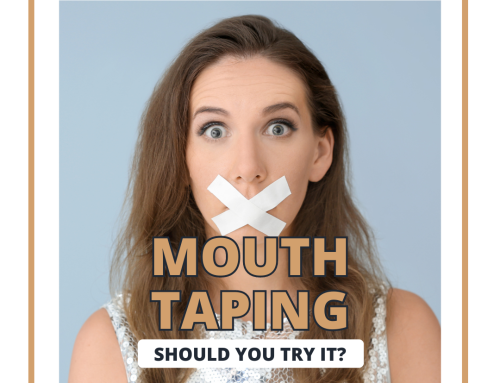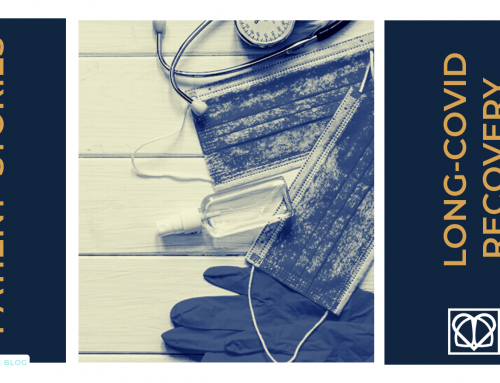What’s the difference…?

The image on the left is a surgical mask. The image on the right is an FFP3 mask.
Like me, you may have seen a vast increase in the number of people wearing masks as they go about their essential activities such as food shopping or exercise outdoors.
Most of the masks you’ll see on members of the public are surgical masks or even simple black cotton masks, not the FFP3 masks. FFP3 masks offer a higher degree of protection than their surgical counterparts. Frontline health workers are issued with FFP3 masks as part of their personal protective equipment (PPE) to minimise their risks.
So should you be wearing a mask when you go out? And most importantly…
Do masks work?
Masks can be effective at helping reduce your risk of infection BUT apparently it’s by no means 100% guaranteed.
This is because some of the smaller aerosol particles carrying the small airborne respiratory droplets that enables the virus to spread from person to person are not filtered out, so you can still breathe them in. There is also the risk of air leakage through the sides of the mask as you inhale. That said, there are studies that suggest your protection is increased 5 fold as opposed to wearing nothing at all, so it’s confusing business!
Even if people are using the FFP3 masks which offer more protection, they can still allow these smaller particles to leak around the side of the mask if it hasn’t been fit tested properly.
The Lancet discussed guidance from the World Health Organisation on the rational use of masks:
“WHO currently recommends that people should wear face masks if they have respiratory symptoms or if they are caring for somebody with symptoms. Perhaps it would also be rational to recommend that people in quarantine wear face masks if they need to leave home for any reason, to prevent potential asymptomatic or presymptomatic transmission.”
So if you are infected, they can reduce the risk of you transmitting the disease to somebody else.
It’s not the wearing of the mask that’s the issue – it’s what you do with it afterwards…
Both styles of masks are manufactured as disposable.
And this is the main issue: I think it’s unlikely people realise this.
Picture this…
 You head outdoors to do your essential activity with your surgical or cotton mask on.
You head outdoors to do your essential activity with your surgical or cotton mask on. When you get home, you remove the mask and place it by the door before you head into the house.
When you get home, you remove the mask and place it by the door before you head into the house. Next time you need to go out, you pick up the mask and off you go again….
Next time you need to go out, you pick up the mask and off you go again….
Now this is not based on evidence, purely me thinking things through, but imagine that your mask already has those airborne particles with COVID-19 on it… Each time you touch it i.e. taking it off or picking it up to use it again, you’re potentially coming into contact with the virus again. You’re leaving it lying around the house where other family members may touch it. And you’re taking it out into the wider world with the virus attached to it – if you touch the mask and then touch another surface while you’re out, you’re contaminating that surface too. I imagine the chain of potential transmission grows and grows.
There’s a very useful article here that explains very clearly what types of masks there are, when and how to use them.
My take home messages are:
-
if you are going to use any of these masks, please don’t re-use them
-
remember there is no guarantee they will protect you from the virus – they won’t make you invincible!
-
they are designed to be disposable
-
if you use an FFP3 mask, you should be fit tested.
Written for guidance and discussion purposes only – Emily Lockwood.




